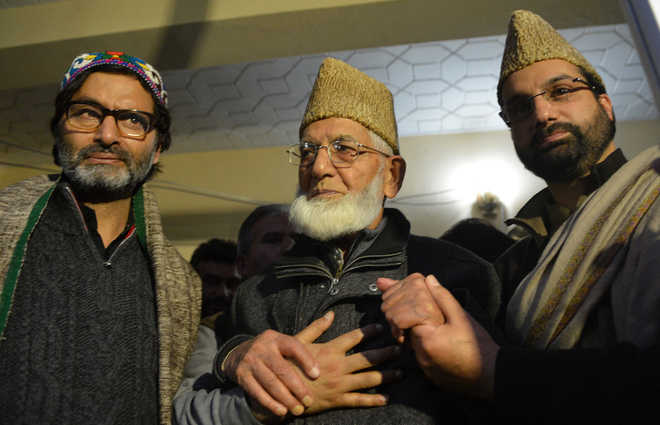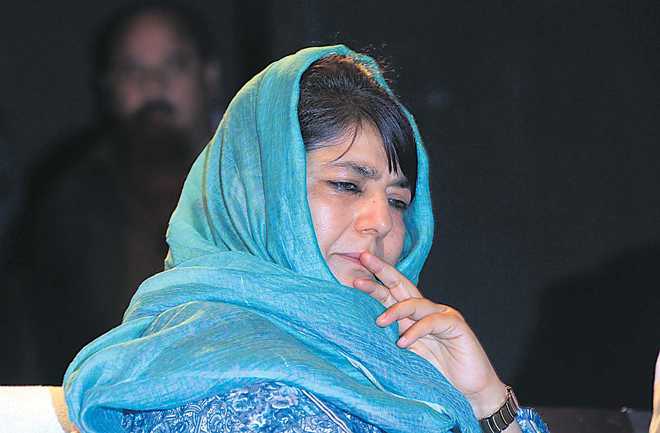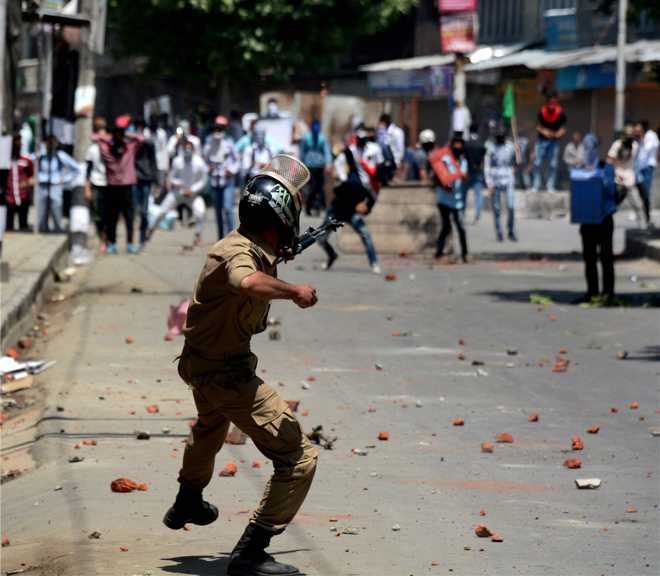Had the 4,000 personnel of the Armed Forces not carried out the mammoth operation at Kashmir, Shopian district would have been declared as “Azaad Kashmir,” by the terrorists with the help of several locals. The banners were ready and several local leaders had been threatened to resign from their posts and support the movement for an ‘Azaad Kashmir.’

A majority of the 160 terrorists who have infiltrated into the Valley over the past year had sneaked into the Shopian district and adjoining areas. There was concrete intelligence to suggest that the terrorists had made their move and the decision to declare the district as Azaad Kashmir was to be put into force.

It was a plan that was being set in motion. Terrorists had both lured and thretened people and leaders to join the movement and declare the district as Azaad Kashmir. This is a call that Pakistan has been making for several years now. It was decided that they would start with a district and then carry forward the plan to the other parts of the state. In a bid to raise funds for this operations, militants of the Lashkar-e-Tayiba, Jaish-Mohammad and the Hizbul Mujahideen had robbed several banks. Intelligence Bureau officials say that there was ample information about the declaring an Azaad Kashmir on Thursday. With the help of the locals, over 1,000 banners had been prepared with the text reading, Azaad Kashmir. Preparations were underway to put up these banners. This was to be followed by the resignation of some leaders and officials from their respective government posts. A massive rally across the district was planned where the announcement was to be made.
How Azaad Kashmir was foiled? This was the biggest combing operation that was undertaken by the Indian Army in 15 years. There was a huge risk involved in this and it meant that so many jawans were putting themselves out in the open where several terrorists were hiding.

However the huge presence of the Army pushed most of the terrorists back. The terrorists who were planning to come out on the streets were pushed back to their hiding spots in the forest areas. The personnel did face an attack later on Thursday evening. A vehicle carrying soldiers of the 62 rifles came under attack at the Imam Sahib area. A civilian driver was killed in the attack.
The operations are still underway. Sources say that the bigger part of the operation would be to snuff the terrorists out. There are many hiding still in the villages. If they are not brought to justice, then they may make another attempt to declare Shopian as ‘Azaad Kashmir.













 GURPREET SINGH/HT
GURPREET SINGH/HT






































































